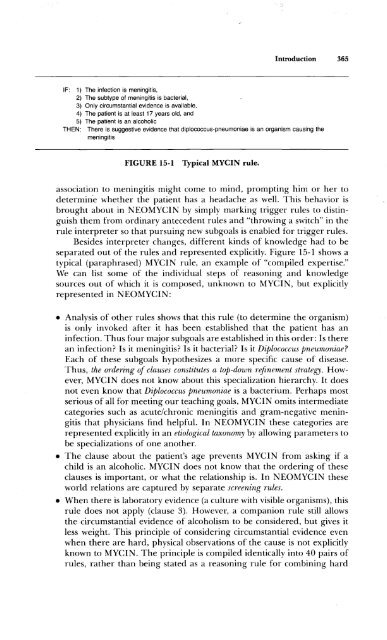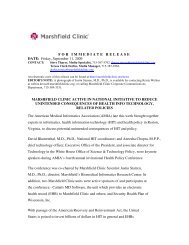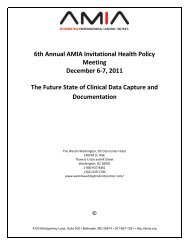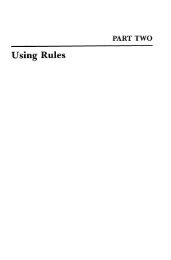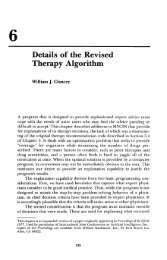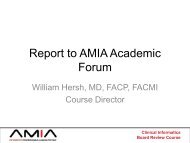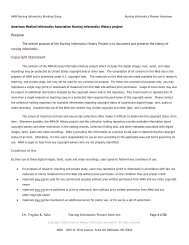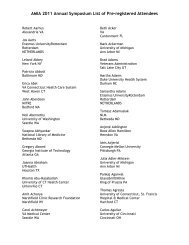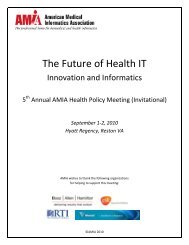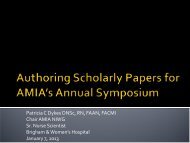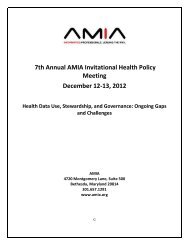Chapter 15 - People
Chapter 15 - People
Chapter 15 - People
Create successful ePaper yourself
Turn your PDF publications into a flip-book with our unique Google optimized e-Paper software.
Introduction 365IF: 1) The infection is meningitis,2) The subtype of meningitis is bacterial,3) Only circumstantial evidence is available,4) The patient is at least 17 years old, and5) The patient is an alcoholicTHEN: There is suggestive evidence that diplococcus-pneumoniae is an organism causing themeningitisFIGURE <strong>15</strong>-1Typical MYCIN rule.association to meningitis might come to mind, prompting him or her todetermin"e whether the patient has a headache as well. This behavior isbrought about in NEOMYCIN by simply marking trigger rules to distinguishthem from ordinary antecedent rules and "throwing a switch" in therule interpreter so that pursuing new subgoals is enabled for trigger rules.Besides interpreter changes, different kinds of knowledge had to beseparated out of the rules and represented explicitly. Figure <strong>15</strong>-1 shows atypical (paraphrased) MYCIN rule, an example of "compiled expertise."We can list some of the individual steps of reasoning and knowledgesources out of which it is composed, unknown to MYCIN, but explicitlyrepresented in NEOMYCIN:• Analysis of other rules shows that this rule (to determine the organism)is only invoked after it has been established that the patient has aninfection. Thus four major subgoals are established in this order: Is therean infection? Is it meningitis? Is it bacterial? Is it Diplococcus pneumoniae?Each of these subgoals hypothesizes a more specific cause of disease.Thus, the ordering of clauses constitutes a top-down refinement strategy. However,MYCIN does not know about this specialization hierarchy. It doesnot even know that Diplococcus pneumoniae is a bacterium. Perhaps mostserious of all for meeting our teaching goals, MYCIN omits intermediatecategories such as acute/chronic meningitis and gram-negative meningitisthat physicians find helpful. In NEOMYCIN these categories arerepresented explicitly in an etiological taxonomy by allowing parameters tobe specializations of one another.• The clause about the patient's age prevents MYCIN from asking if achild is an alcoholic. MYCIN does not know that the ordering of theseclauses is important, or what the relationship is. In NEOMYCIN theseworld relations are captured by separate screening rules.• When there is laboratory evidence (a culture with visible organisms), thisrule does not apply (clause 3). However, a companion rule still allowsthe circumstantial evidence of alcoholism to be considered, but gives itless weight. This principle of considering circumstantial evidence evenwhen there are hard, physical observations of the cause is not explicitlyknown to MYCIN. The principle is compiled identically into 40 pairs ofrules, rather than being stated as a reasoning rule for combining hard


